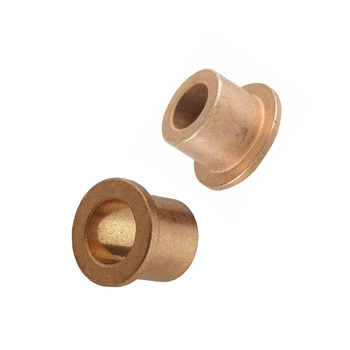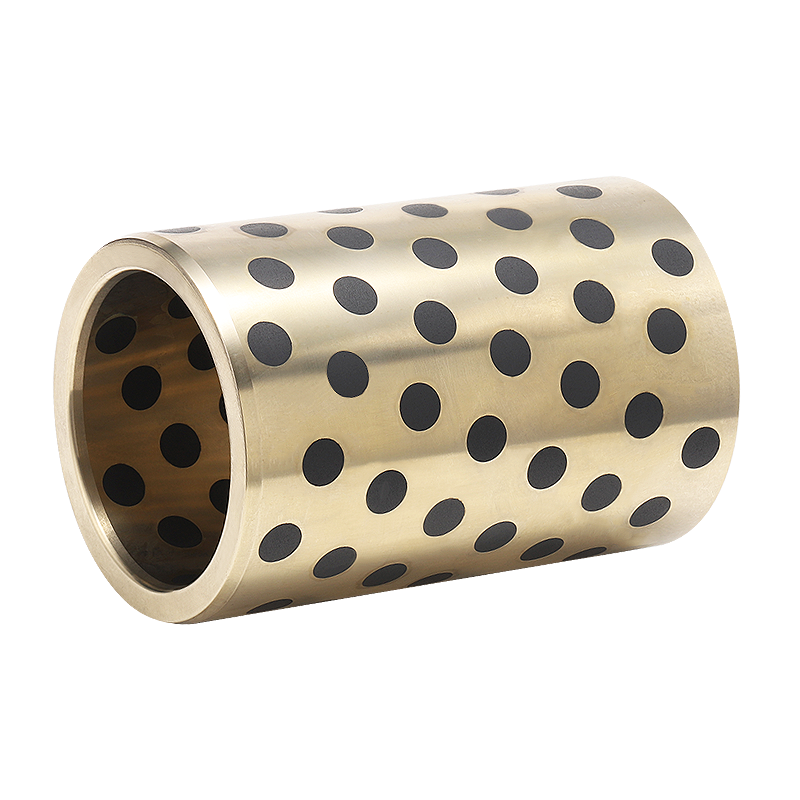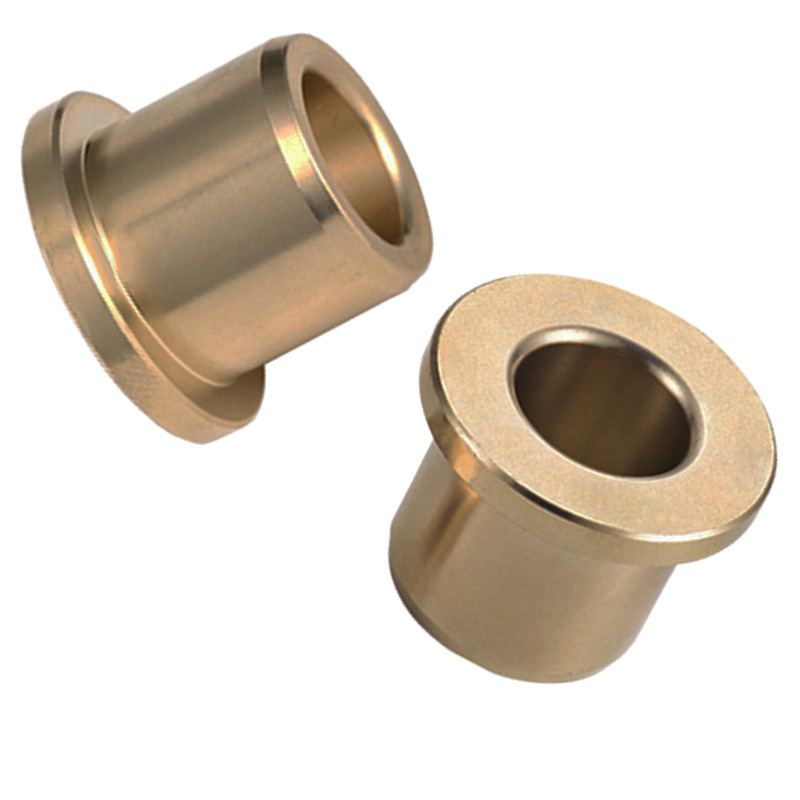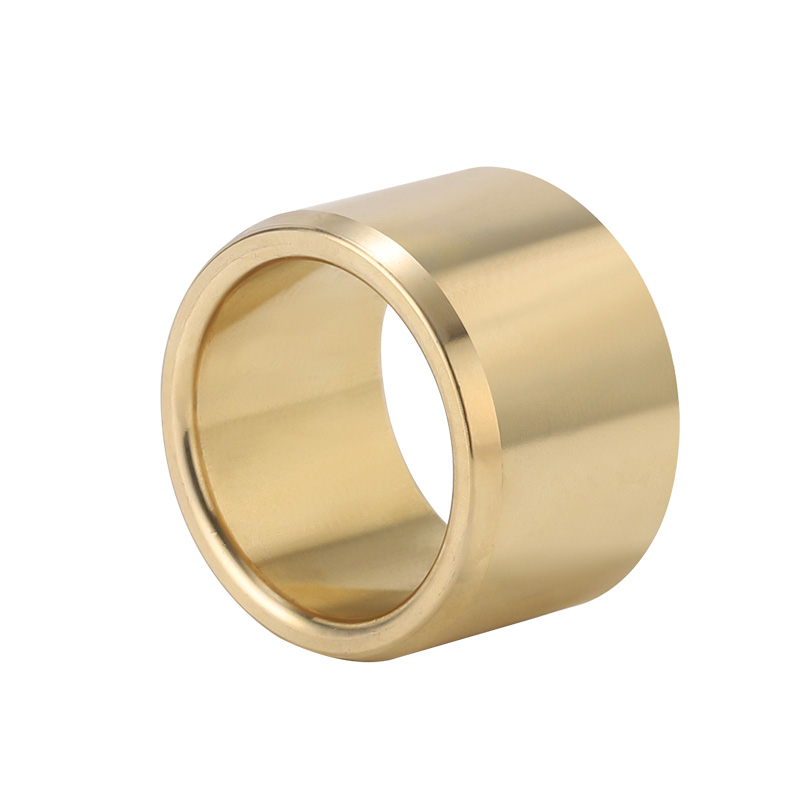Bearing Size Calculator
How to Use the Calculator?
- Input Values:
- Inner Diameter (ID): Enter the diameter of the hole inside the bearing (in millimeters).
- Outer Diameter (OD): Enter the diameter of the outside of the bearing (in millimeters).
- Length: Enter the length of the bearing (in millimeters).
- Perform Calculations:
- Inner Circumference: The distance around the inner edge of the bearing. Calculated using the formula: Inner Circumference=π×ID\text{Inner Circumference} = \pi \times \text{ID}Inner Circumference=π×ID
- Outer Circumference: The distance around the outer edge of the bearing. Calculated using the formula: Outer Circumference=π×OD\text{Outer Circumference} = \pi \times \text{OD}Outer Circumference=π×OD
- Volume: The amount of space inside the bearing, excluding the inner cylindrical hole. Calculated using the formula: Volume=π×((OD2)2−(ID2)2)×Length\text{Volume} = \pi \times \left( \left(\frac{\text{OD}}{2}\right)^2 – \left(\frac{\text{ID}}{2}\right)^2 \right) \times \text{Length}Volume=π×((2OD)2−(2ID)2)×Length
- View Results:
- After entering the values and clicking the “Calculate” button, the calculator displays:
- Bearing Size: Shows the inner diameter, outer diameter, and length as entered.
- Inner Circumference: The circumference of the inner part of the bearing.
- Outer Circumference: The circumference of the outer part of the bearing.
- Volume: The calculated volume of the bearing in cubic millimeters.
- After entering the values and clicking the “Calculate” button, the calculator displays:
Example Calculation:
Let’s say you enter the following values:
- Inner Diameter (ID): 10 mm
- Outer Diameter (OD): 20 mm
- Length: 50 mm
The calculator performs these calculations:
- Inner Circumference: π×10≈31.42 mm\pi \times 10 \approx 31.42 \text{ mm}π×10≈31.42 mm
- Outer Circumference: π×20≈62.83 mm\pi \times 20 \approx 62.83 \text{ mm}π×20≈62.83 mm
- Volume: π×((202)2−(102)2)×50≈2,356.19 mm3\pi \times \left(\left(\frac{20}{2}\right)^2 – \left(\frac{10}{2}\right)^2\right) \times 50 \approx 2{,}356.19 \text{ mm}^3π×((220)2−(210)2)×50≈2,356.19 mm3
The results will be displayed, showing the calculated circumferences and volume based on the input dimensions.
Best selling products
-
3 3/4X4X2″ Oil impregnated bronze bushings
$0.88 -
60x40x80mm Graphite Plugged Bronze Bushing for Heavy-Duty Applications
$11.90 -
32x20x42mm Self-Lubricating Graphite Plugged Bronze Bushings for Reduced Friction
$3.88 -
0.50″X0.625″X0.375″ Durable Flange Cast Bronze Bushings for Mechanical Systems
$4.10 -
5/16″ X 7/16″ X 3/8″ Precision Cast Bronze Bushing with Custom Dimensions
$6.70
Related Contents
Bearing Sleeve Types: Applications, Materials, and How to Select the Right One
Last Updated on October 30, 2024 by Chen A bearing sleeve, often referred to as a sleeve bearing, is a type of plain bearing that facilitates smooth movement between two components by reducing friction. Types of bearing sleeve Following is the comprehensive bearing sleeve types we need to talk about, Bronze Bushings Flanged Bushings Plastic Bushings Neoprene…
Custom Steel Bushings: Complete Design Guide
Last Updated on October 28, 2024 by Chen Metal bushings, also known as torque limiters, are cylindrical components resembling thin tubes that enhance efficiency and reduce noise and vibration in machinery with rotating or sliding shafts. These bushings play a critical role in enabling smooth operation across high-impact, heavy-load applications, such as agricultural machinery, automotive…
Comprehensive Guide to Lubrication and Maintenance of Bronze Bushings
Last Updated on October 24, 2024 by Chen Bronze bushings are cylindrical components that provide a low-friction surface for rotating or sliding parts. They are made from a metal alloy primarily composed of copper and tin. Their purpose is to reduce friction and wear in machinery, which helps to improve efficiency and extend the life…
Hydraulic Cylinder Components and Functions
Last Updated on October 23, 2024 by Chen Hydraulic cylinders are essential components in a wide range of machinery, converting the energy from pressurized fluid into precise linear motion. For those working with hydraulic systems, it is important to understand the key parts of a cylinder to ensure proper operation and maintenance. This guide will…
7 Types of Bronze Bushings & Uses
Last Updated on October 21, 2024 by Chen A bronze bushing is a type of plain bearing made from bronze, commonly used to reduce friction between rotating or sliding parts in machinery. These bushings are durable, resistant to corrosion, and can operate efficiently in high-load and low-speed applications. Bronze bushings are often used in automotive…
What is Naval Brass?
Last Updated on October 18, 2024 by Chen Naval brass is a copper alloy consisting of approximately 59% kobber, 40% zinc, og 1% tin, with trace amounts of lead. It belongs to the Alpha Beta, or Duplex, Brass subfamily, which is known for being harder and stronger than other types of brass. Originally developed for…




